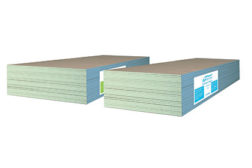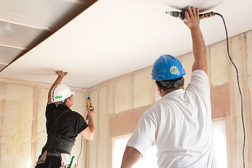Michael Gardner
Michael Gardner is the president of M Gardner Services LLC, a consulting firm that assists organizations with issues involving industry standards and building codes, meeting management, and external collaboration and outreach. Prior to establishing MGS, he was the executive vice president of
Compliance Programs for the International Code Council. He is also the former CEO of the Gypsum Association, currently serves as
a special technical advisor to the Wall & Ceiling Alliance and can be reached at michael@mgardnerservices.com.
ARTICLES
Connect with the industry’s leading resource for unparalleled insights and education.
Join thousands of industry professionals today. Shouldn’t you know what they know?
JOIN NOWCopyright ©2024. All Rights Reserved BNP Media.
Design, CMS, Hosting & Web Development :: ePublishing




